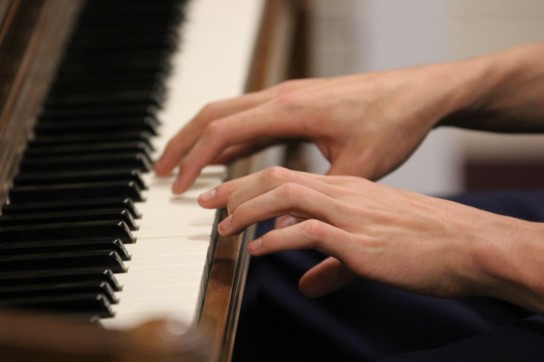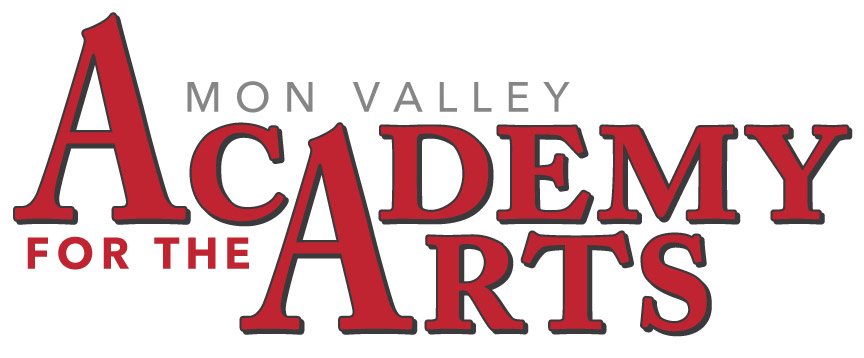
Aspiring musicians often dive headfirst into the world of melodies and harmonies, eagerly focusing on mastering intricate pieces and challenging techniques. However, the importance of proper music posture and technique can sometimes be overlooked amidst the excitement of learning complex compositions. Yet, these fundamentals are the cornerstone of musical excellence, forming the foundation upon which exceptional skills are built.
The Power of Posture: A Strong Beginning
Picture a guitarist hunched over their instrument, a pianist with slumped shoulders, or a vocalist with a strained neck – improper posture affects performance aesthetics and significantly impacts sound production. Just as a well-constructed building needs a strong foundation, correct posture is crucial for maintaining optimal control, precision, and tone quality while playing an instrument or singing.
To achieve proper posture, start by sitting or standing up straight. Maintain a relaxed and neutral position for your head, neck, and shoulders. Avoid tensing up or slumping forward, as this can restrict your breathing and hinder your ability to produce clear and resonant sounds.
Technique: The Art of Skillful Playing
Technique is the art of executing musical passages with precision and control. Whether it’s finger placement on a piano, embouchure on a brass instrument, or bowing on a violin, mastering the correct technique is essential for producing the desired sound and preventing strain or injury.
- Consistency: Consistency is vital. Practice the correct technique consistently to ensure muscle memory development. This will allow you to execute complex passages effortlessly.
- Relaxation: Muscle tension can hinder your performance. Focus on relaxing your muscles and allowing them to move freely while maintaining proper posture.
- Breath Control: Proper breath control is essential for vocalists and wind instrument players. Learn diaphragmatic breathing techniques to enhance your sound projection and sustain notes effectively.
- Finger Placement: Instrumentalists should carefully consider finger placement. Proper finger positioning enhances agility and accuracy.
- Slow and Steady: Start slow when learning a new technique. Gradually increase speed while ensuring precision and control.
The Path to Mastery
Mastering the basics of music posture and technique takes time, dedication, and patience. Regularly incorporate exercises that improve your posture and style into your practice routine. Don’t hesitate to seek guidance from a qualified music instructor, as their expertise can provide personalized insights tailored to your instrument and goals.
Remember, the great virtuosos of music history were not only celebrated for their awe-inspiring performances but also for their unwavering commitment to mastering the fundamentals. By embracing proper music posture and technique, you lay the groundwork for a musical journey filled with confident and captivating performances that resonate with your audience and your artistic fulfillment. So, stand tall, take a deep breath, and let the power of proper posture and technique elevate your musical prowess to new heights.
Get Involved with Mon Valley Academy for the Arts!
- Check our schedule for all our upcoming events
- Enroll in music lessons
- Volunteer your time and talents
- Sign up for our monthly e-newsletter (use the form below)
